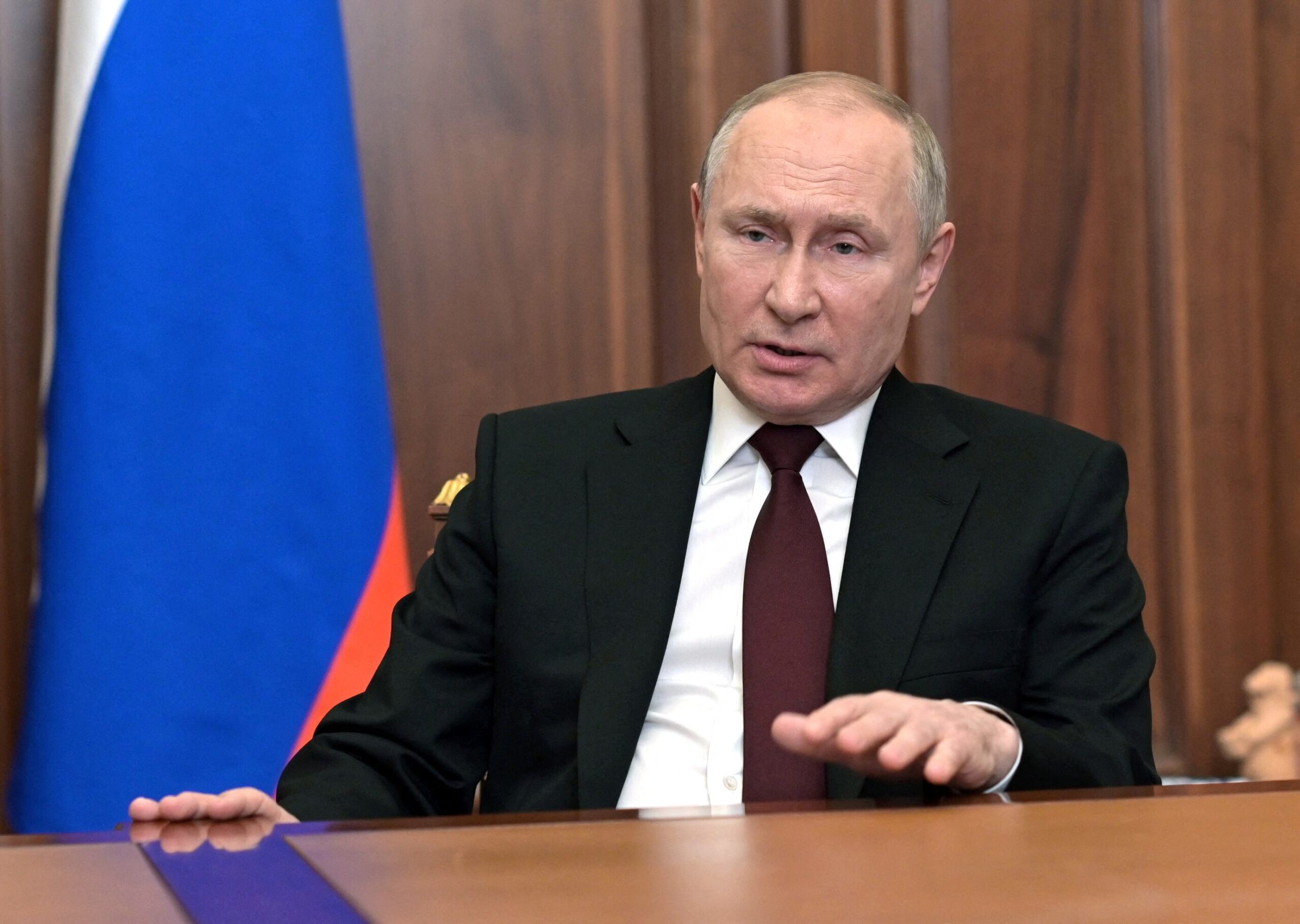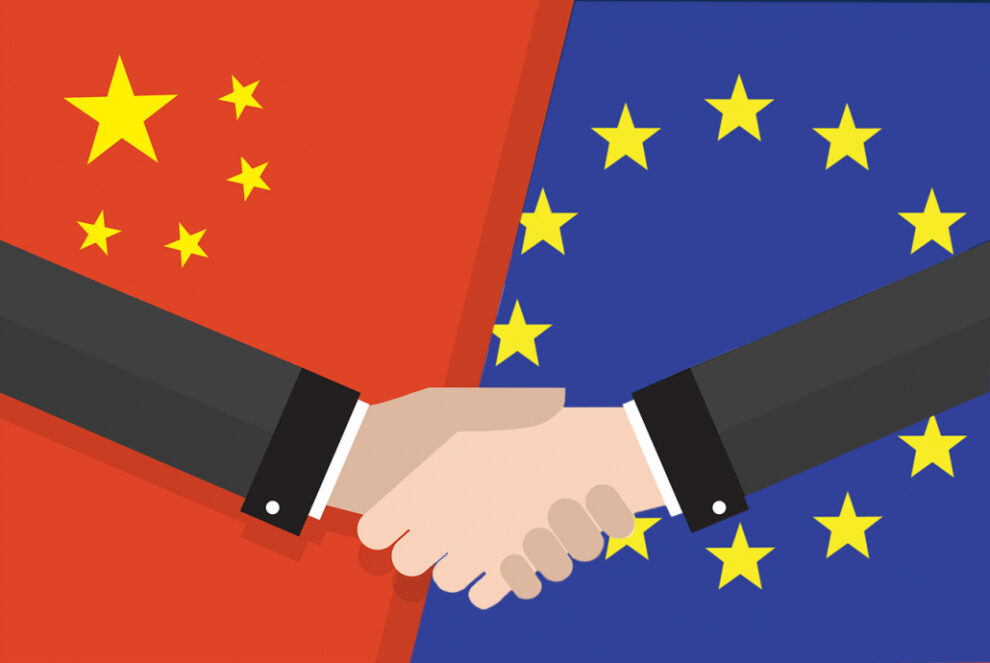European Commission President Ursula von der Leyen announced last week the initiation of an anti-subsidy investigation over electric vehicle (EV) imports from China, citing that a fivefold increase has been seen in the European Union (EU) imports of Chinese automobiles over the past five years.
Notably, Germany, Europe’s automotive powerhouse, strongly opposes von der Leyen’s announcement. The German Association of the Automotive Industry (VDA) argued that an exclusive reliance on anti-subsidy investigations does not address Europe’s pressing competitiveness challenges.
In recent years, particularly 2023, China’s EV exports have witnessed a dramatic surge. According to Chinese customs data, in the first eight months of this year, a staggering 3.216 million EVs were exported, marking a year-on-year net increase of 1.313 million EVs. The number is expected to exceed 5 million in 2023, firmly establishing China as the premier automobile exporter worldwide. The European Commission, for its part, reported that China’s vehicle imports had reached 530,000 in 2022 and 350,000 in the first half of 2023.
At the recent Munich Motor Show, Chinese EV maker BYD covered the largest exhibition area of 1,500 square meters. Yet the rapid growth of Chinese EVs is not grounds for an anti-subsidy investigation. A logical nexus between the two remains conspicuously absent. This phenomenon mirrors two fundamental realities.
First, China is vigorously pursuing a green and low-carbon economy, boasting a rapidly developing and comprehensive EV and battery industry chain, which translates into substantial export capabilities. These EVs exhibit rapid technological iterations, stellar safety performance and enjoy immense consumer popularity.
Second, Europe is a global frontrunner in low-carbon economic development, generating a colossal demand for EVs. As of July 2023, EV sales in Europe had surged for 12 consecutive months, with July alone witnessing a remarkable 62 percent year-on-year increase. Of these, 48,682 units were sold in Germany, up 69 percent year-on-year. Research forecasts anticipate European sales of new energy vehicles to reach 12 million units by 2030, constituting 40 percent of global sales, and soar to 27 million units by 2040, occupying a whopping 80 percent of global sales.
By comparison, the market share of Chinese EVs remains relatively modest, with all Chinese brands combined representing a mere 11.3 percent of the EU electric vehicle market in August, slightly trailing Volkswagen (11.7 percent) and considerably behind Tesla (15.3 percent). Interestingly, von der Leyen has voiced no grievances regarding Tesla’s market presence.
The China-EU new energy automotive sector is progressively coalescing into an industry chain characterized by mutual interdependence. China’s electric vehicle battery maker Contemporary Amperex Technology Co., Ltd.’s battery factory in Thuringia, Germany, commenced operations earlier this year, boasting an annual battery output of 30 million units, with BMW as a prominent recipient and the capacity to power from 185,000 to 350,000 vehicles.
China’s high-tech company SVOLT Energy Technology Co., Ltd., in April, unveiled a 2-billion-euro investment (about 2.14 billion U.S. dollars) in Saarland, Germany, to build a factory for battery cells and pack, projecting an annual production capacity of 24 gigawatts. Envision AESC, meanwhile, disclosed a colossal 2.9-billion-dollar investment to erect a super battery factory in France, slated for a 2030 inauguration with an annual capacity of 43 gigawatts. An additional factory in Britain is also in the pipeline.
Conversely, German enterprises have made substantial inroads into the Chinese market. The new electric car factory from Volkswagen’s joint venture with Anhui Jianghuai Automobile commenced operations five years ago. Auto supplier Bosch has mapped out grand plans to scale up its operations in China to produce automotive semiconductors, while BMW is bolstering its investments in Chinese battery production.
In light of this evolving landscape, both China and the EU should fervently encourage mutual investments in each other’s companies, enhance the China-EU new energy vehicle industry and supply chains, and actively boost production and market expansion. This will ultimately lead to a mutually beneficial outcome for both parties. Hasty interventions that impede electric vehicle trade and investment between China and the EU run counter to the interests of the European automobile industry and contravene the principles of free trade.
Whether a case is officially filed hinges on the findings of the Commission’s investigation. Two potential scenarios emerge: either a case is not filed due to industry opposition, insufficient grounds revealed in the investigation, and careful consideration of pros and cons; or a case is filed, thereby commencing an anti-subsidy investigation under the purview of a specialized agency.
In the event of the latter, the EU must adhere to WTO regulations governing anti-subsidy investigations and refrain from introducing extraneous criteria. China retains the prerogative to scrutinize whether the EU’s decision contravenes WTO rules, lodge an appeal with the WTO and institute countermeasures.
Indeed, both China and Europe, as well as the United States, have adopted a multitude of fiscal subsidies to bolster the development of EVs. In 2020, the German government subsidized 900 euros per vehicle for pure electric and plug-in hybrid vehicles and exempted purchase taxes and user fees. France has a corresponding subsidy of 700 euros per vehicle and another 1,000 euros to purchase used new energy vehicles. These subsidies encompass both the production and consumption phases and do not constitute undue competition. In practice, the prices of Chinese new energy vehicles in the European market markedly exceed their domestic counterparts.
German Chancellor Olaf Scholz recently affirmed that the German government will allocate an additional 110 billion euros to promote EV development. The emphasis lies on enhancing competitiveness, not on protectionism. Such a stance commands admiration.
In the forthcoming stages, both the Chinese and EU governments and enterprises should synergistically endeavor to navigate and resolve EV trade issues through dialogue and negotiation, bearing each other’s concerns in mind and addressing these matters judiciously.
The forthcoming China-EU High-level Economic and Trade Dialogue, slated for Sept. 25, is expected to hold the promise of fostering constructive consensus in this regard. A decade ago, during the China-EU photovoltaic trade dispute, both sides reached an accord through negotiations that meticulously considered their mutual interests, ultimately sidestepping the imposition of anti-dumping duties. Hopefully, this issue can be resolved through dialogue, preferably in a mutually beneficial manner.
China and the EU should redouble their efforts at the enterprise level, expanding EV trade and mutual investments to sustain current growth trajectories, synergize strengths and perfect the supply chain. China remains steadfast in extending a warm welcome to European new energy vehicle and component firms seeking to invest in China, offering all conceivable support, including national treatment and a level playing field for fair competition.
The robust and extensive new energy vehicle industry and supply chain, which has been jointly developed and nurtured by Chinese and European enterprises, will drive the sustainable development of low-carbon, green economies in both China and the EU. This will ensure the long-lasting prosperity of the new energy vehicle sectors on both sides and make significant contributions to the evolution and revitalization of the global automobile industry.





































